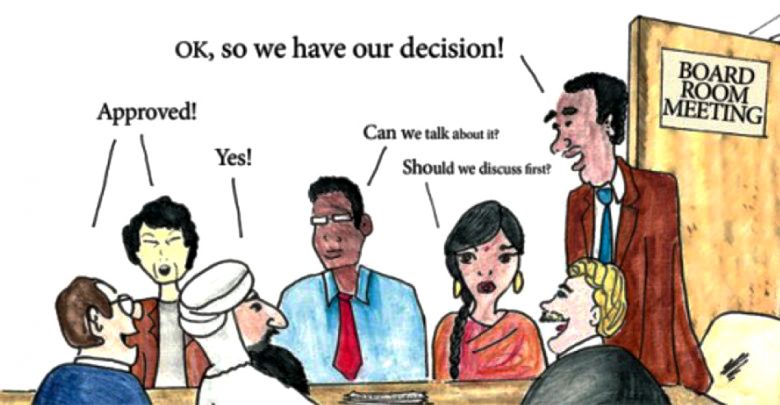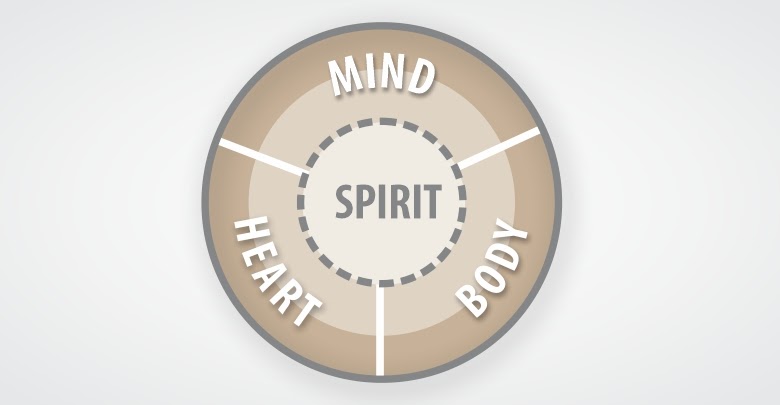communication
-
Introduction Every team is like a small community. They bring their values and beliefs inside the team, as well as, their fears and expectations, their goals and aspirations, their personalities and their working styles. After some time the team starts creating their own ways of doing things and their unique organizational culture. They set and shape new values, principles, working…
Read More » -
https://elements.envato.com/bright-green-push-pin-concept-P74UYTX So, you have a problem within the team. Well, that’s not only good, but it’s needed when there are healthy disagreements. In these following articles, we will talk about some ways of how those conflicts and disagreements can be addressed. Why did I choose this tool? It takes years to master the skill of recognizing the conflicts and addressing…
Read More » -
Good communication tops most people’s lists of important skills for working in a team. One of the most important person-to-person communication skills is the ability to give and receive criticism effectively. It is also one of the most challenging skills. In the text bellow, we are going to talk about some techniques that can be used for developing the ability…
Read More » -
Many people get defensive and stressed when receiving negative feedback or criticism. Sometimes after receiving that feedback, the personal relationship deteriorates, there might be a counter-attack and escalation of the situation even if the other person had all the best intentions. While working in a team it is crucial to be aware of and develop an ability to receive feedback…
Read More » -
Ever wonder why 2 people can have completely different reactions to the same thing? Or why some people just don’t seem to “see sense” in the same way you do, regardless of how obvious the problem/solution may be to you? The answer to this may lie in the fact that each person has been raised with and learned a certain…
Read More » -
What is a paradigm? The word “paradigm” comes from the Greek word paradeigma, commonly used to mean a perception, assumption, theory, frame of reference or lens through which one is viewing the world. In the more general sense, it’s the way we “see” the world – not in terms of our visual sight, but in terms of perceiving, understanding, and…
Read More » -
Description: 1. Introduction Take 5 pieces of paper. If done in a group, each of the participants should have 5 pieces of paper. On a separate piece of paper, you need to write your name, hobby, role in the family, religion, and professional occupation. Name it can be your full name, only your first name, or what people call you.…
Read More » -
This article is extracted from Stephen Covey’s book the 8th Habit. In the first part of his book he argues that many of our “modern” management practices come from the Industrial Age management tactics, that are mainly based on working with manual workers and treating them as “things”. He identifies the problem as a bad management with applying the Industrial…
Read More » -
Why did I choose this tool? This tool provides not only the theory behind the use of power in communication, transactional analysis, but also an actual transaction that we can analyze in order to understand the theory better. Therefore, it is useful for understanding the theory as well as being able to apply it. How does this apply to being…
Read More » -
Why did I choose this tool? Although the research behind and the proven importance of emotional intelligence is widely recognized, there is still a gap between how relevant emotional intelligence has been proven to be, and how widely it is applied and especially how developed, in every-day life. This tool once more brings to light how essential it is, using…
Read More »









